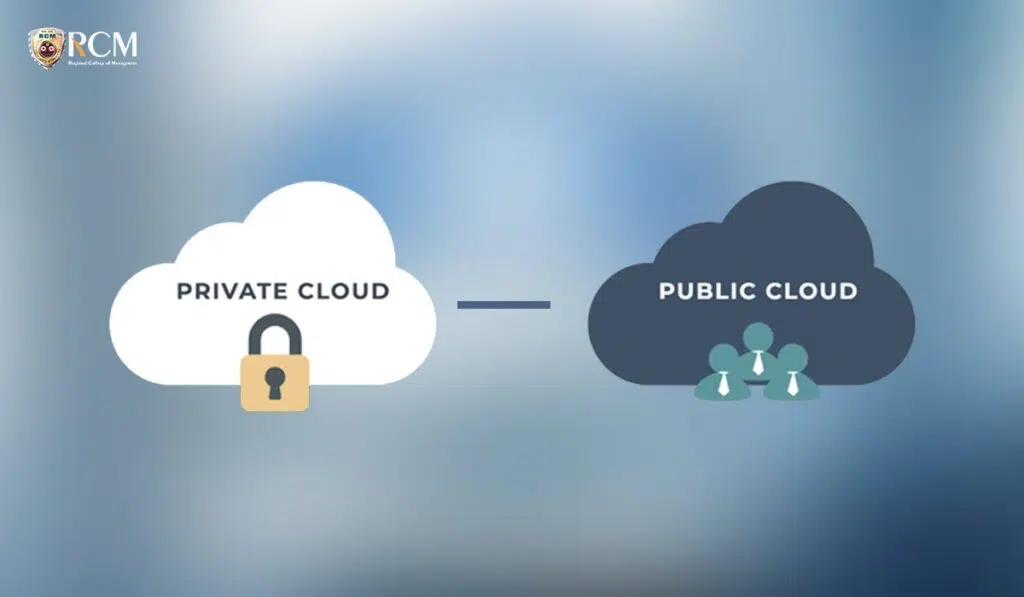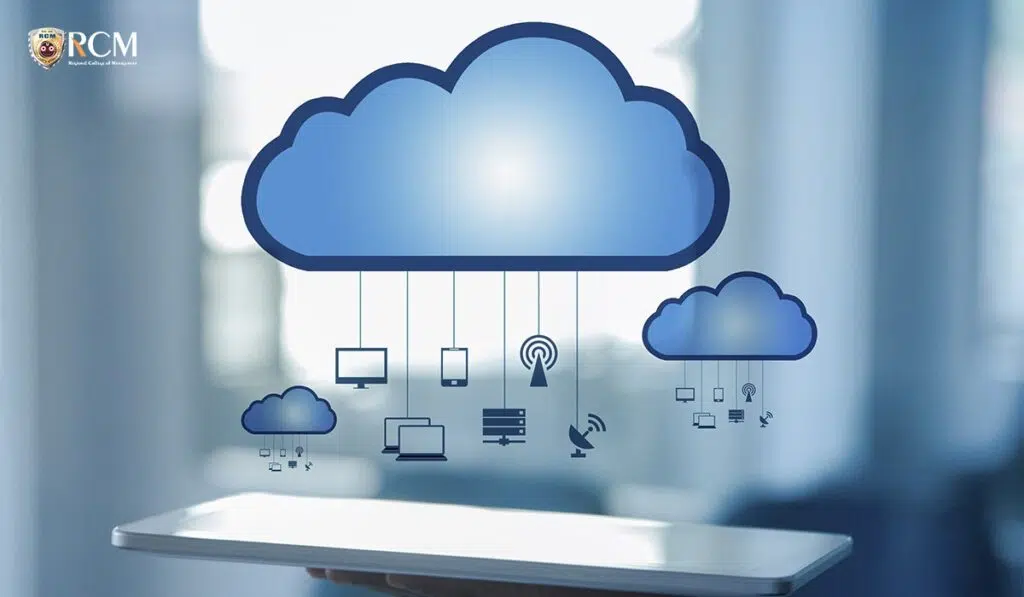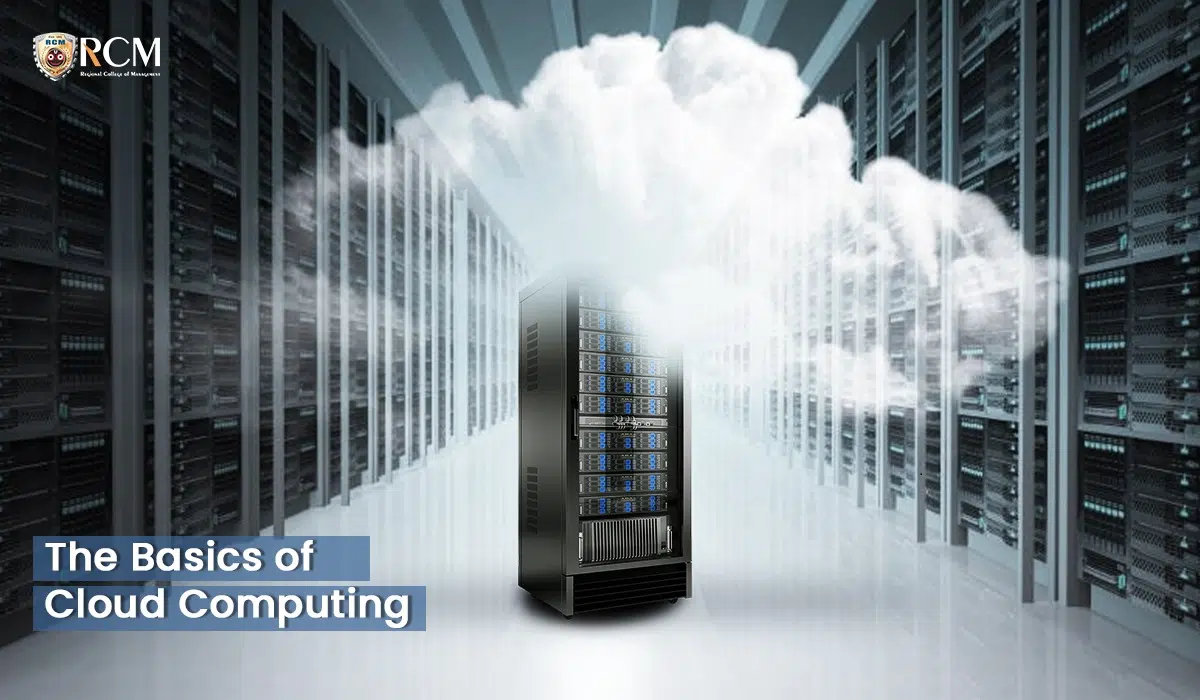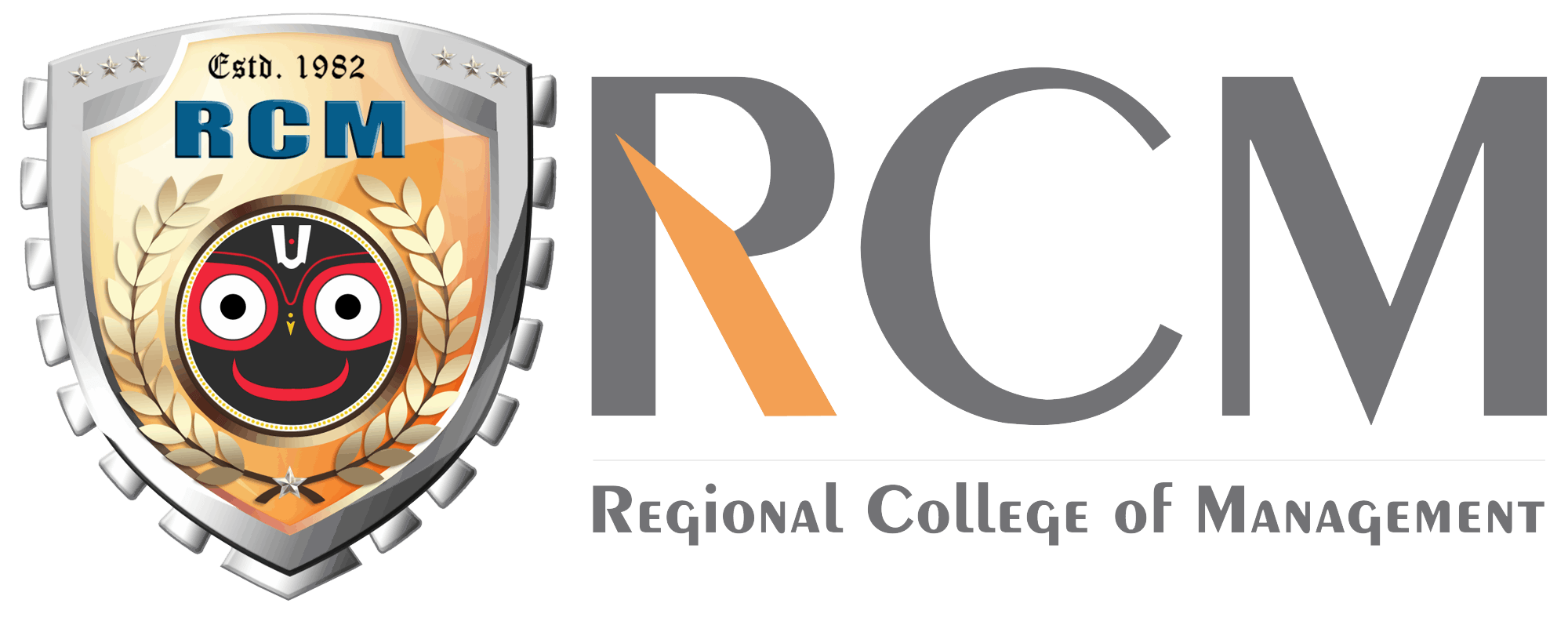To Begin
Anything that includes providing hosted services over the internet is referred to as “cloud computing” in general. These resources include equipment and software such as servers, databases, networking, and software for data storage.
Rather than keeping files on a protective hard drive or local storage device, cloud-based storage makes it possible to save them to a remote database. As long as an electronic device has access to the web. It has access to the data and the software programmes to run it.
Despite keeping all the data and files on a protective hard drive or local storage station or device. Cloud-based storage makes it possible to save all of them on a remote database. With cloud-based storage, files can be saved to a remote database as compared to being kept on a secure hard drive or local storage device. If an electronic device has internet connectivity, it has access to the data and software programmes required to execute them.
A cloud can be either public or private. Anyone online can purchase services from a public cloud. A private cloud is a unique network or data centre that offers hosted services to a small group of users with specific access and authorization settings. Cloud computing aims to give simple, accessible access to computer resources and IT services, whether they are private or public.
In actuality, the cloud symbol, which is frequently used to symbolize the internet in flowcharts and diagrams, served as the inspiration for the name cloud computing.
Understanding The Cloud Computing concept
The name “cloud computing” was given as such because the information being accessed is located remotely in the cloud or in another virtual environment. It has earned its moniker. Hence, the organizations that make people access and utilise the cloud service allow them to store their data, and files on remote servers and through the internet they can access all their data.
About the private and public cloud

A cloud can be either public or private. Anyone online can purchase services from a public cloud. A private cloud is a unique network or data centre that offers hosted services to a small group of users with specific access and authorization settings. Cloud computing aims to give simple, accessible access to computer resources and IT services, whether they are private or public.
The Advantages Of Cloud Computing
Through the use of the cloud, all the work data processing is done on servers. This occurs rather than on the devices you sit on or carry around with you. All the work is also sent to enormous data centres located far away in cyberspace. Your data, work, and apps are accessible from any connected device. Anywhere on the globe, once the Internet transforms into the cloud.
The Types of Cloud Computing Services

Cloud computing services provide their users with a sequence and series of functions, which include
- Storage, backup, and data retrieval
- Creating and testing applications
- Audio and video streaming
- Delivering software on demand
Cloud computing is used by almost all individuals as consumers and by all different organizations, irrespective of whether they are private or government organizations.
Winding Up With
Cloud computing is a vast and broad concept, which cannot be captured in one go. In this blog, we have tried to inculcate the basics of cloud computing. And many more related to the concept will come in the future. So stay tuned for our upcoming blogs on cloud computing and its utilization in educational platforms and many more.




















